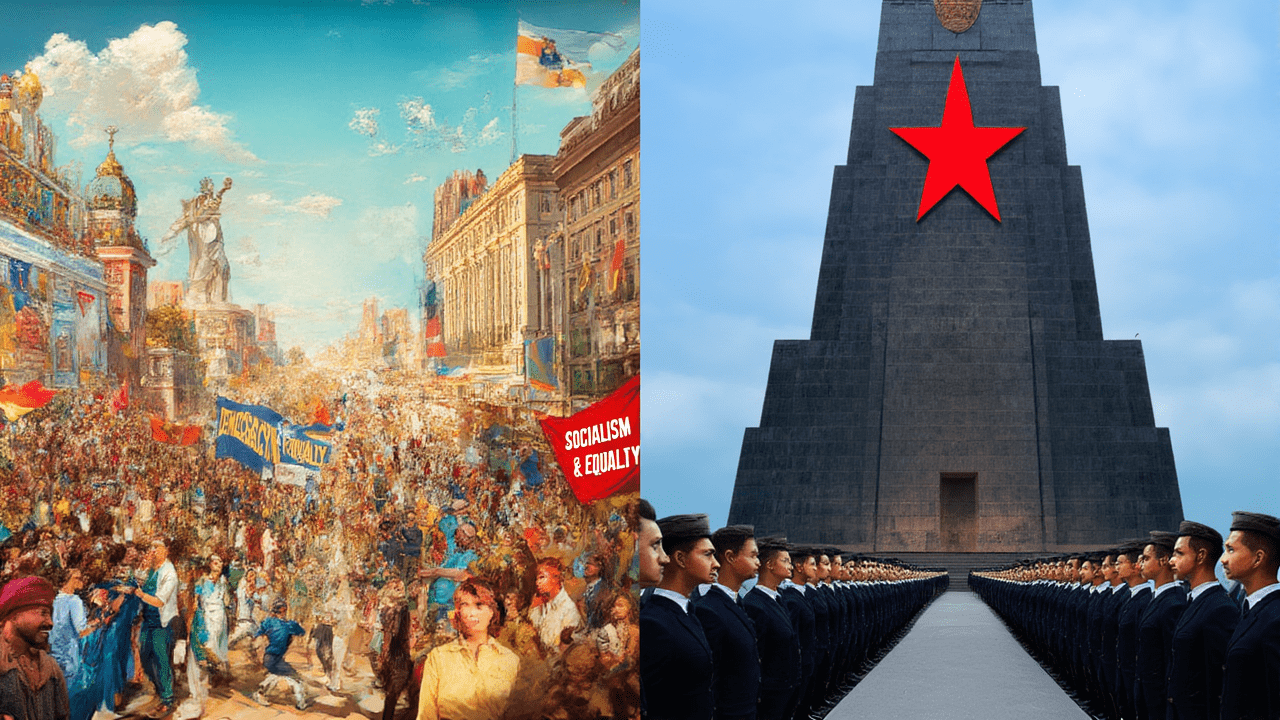Imagine two superpowers, the United States and the Soviet Union, staring each other down for almost half a century after World War Two. It wasn’t a typical war with tanks clashing on battlefields, but a global struggle of ideas, influence, and power. This, my friends, was the Cold War.
At its heart, it was a clash of two very different ways of life. On one side, the United States championed capitalism and democracy, believing in individual freedoms and free markets. On the other, the Soviet Union advocated for communism, where the state controlled everything, aiming for collective equality but often leading to totalitarian rule.
Both sides built up massive arsenals of nuclear weapons, enough to destroy the world many times over. This led to a terrifying concept called “Mutually Assured Destruction,” or MAD. It meant neither side would launch an attack, because they knew the other would retaliate, leading to the destruction of both. Phew, talk about high stakes!
While they avoided direct conflict, the superpowers fought many “proxy wars” – supporting opposing sides in conflicts around the world. Think of it like a chess game, where pawns moved across Korea, Vietnam, and Afghanistan, representing the larger struggle between these two giants.
The competition wasn’t just on land or in politics; it reached for the stars! The Space Race saw both nations vying for technological superiority, launching satellites, sending the first man into space, and eventually landing on the moon. It was a race for prestige and scientific bragging rights.
Iconic moments, like the building of the Berlin Wall, starkly showed the division. Later, the Cuban Missile Crisis brought the world to the very brink of nuclear war, forcing both leaders to step back from the abyss.
Eventually, the Soviet Union’s economy struggled, and its grip on Eastern Europe weakened. In 1989, the Berlin Wall fell, a symbol of freedom rising. By 1991, the Soviet Union itself dissolved, bringing a formal end to the Cold War.
The Cold War shaped the world we live in today, influencing international relations, alliances, and even our understanding of freedom and security. Its echoes are still felt in global politics, reminding us of a time when the world held its breath.

